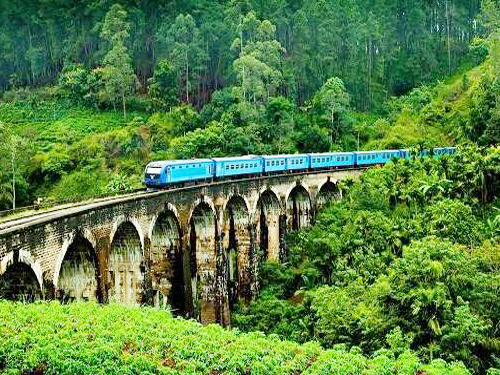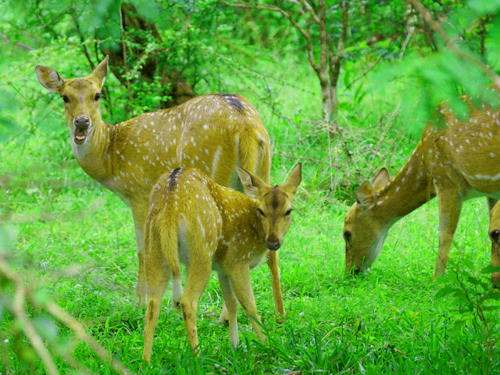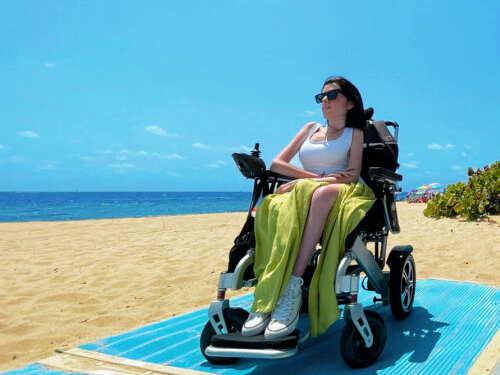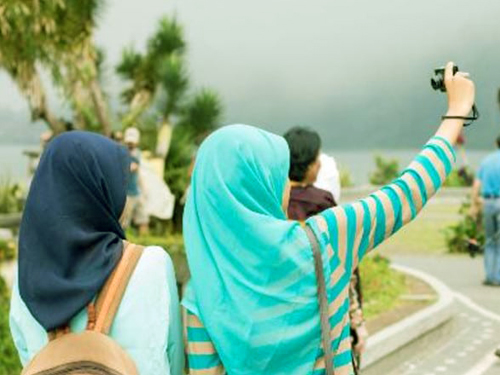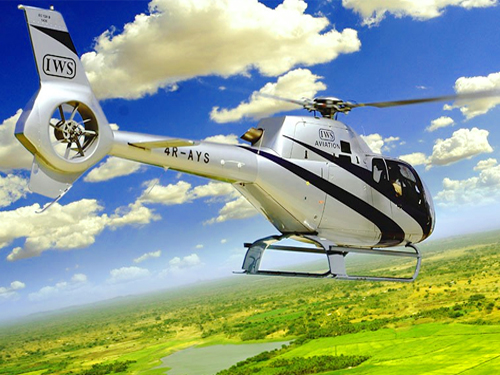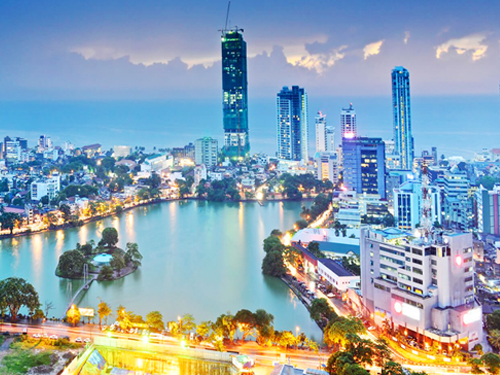General Information of Blue Whales
- Scientific Name : Balaenopteramusculus
- Kingdom : Animals
- Class : Mammalia
- Order : Cetartiodactyla
- Family : Balaenopteridae
- Genus : Balaenoptera
- Species : Musculus
- Weight : up to 200 tons
- Size : up to 30 meters
- Diet : Other
- Locations : North Atlantic,NorthPacific,SouthernHemisphere,Northern Indian Ocean
- Population Trend : Increasing
- Conservation Status : Endangered
The Blue Whale can grow to approximately 23-33 meters in length and weighs between 200 and 200 tonnes, depending on which subspecies. The large size and stubbly dorsal tip distinguish it from its congeners. It also has a grayish-blue hue with light grey mottling. They have 55-88 ventral plates which help them to feed. These baleen plates, which are black in colour, hang from the jaws.
Although large in size, Blue Whales eat one of the smallest organisms in world, "euphausiidcrassians". Because of their large size, Blue Whales require high concentrations of food and consume approximately four tonnes of Krill per day. They feed by squirting water into their mouths and lunging at large concentrations of krill. By using pressure from the tongue and ventral pouch, the water is squeezed through the baleen plates. After the mouth has been cleared of all water, the remaining pieces of krill are filtered by the baleen plate and are then swallowed.
Blue whales are a marine mammal that lives in the Arctic and Antarctic oceans. During winter, however, they can migrate to the Tropics or the Equator. They prefer to live in the ocean depths over the shallower coastal waters. The blue whale's habitat covered the entire oceans of the globe up to the beginning of the 20th century. They were almost extinct by 1960s due to unchecked whaling. This is why this species, despite being protected from hunting and conservationist efforts, is still at risk. Blue whale populations in Iceland have been reported to be increasing due to whaling regulations.
The North East Pacific population is home to the largest number of these whales. It is located between Alaska and Costa Rica. However, it migrates to California in the summer months. The species found in the southern hemisphere are the Antarctic Blue Whale and the Pygmy Blue Whale of the Indian Ocean.
Although blue whale migration patterns aren't well-known or understood, they appear to be very diverse. While some populations migrate long distances to high-latitude feeding areas, others, such as the one in Sri Lankan, seem to live year-round in high-productivity habitats.
Since 2009 , tourism in Sri Lanka has seen a rise in popularity. The whale-watching industry is one of the fastest growing tourism sectors. Sri Lanka is quickly gaining recognition in the whale-watching community for its opportunities to see blue whales at least twice a year in different locations. While there are other whale and dolphin species that can be viewed during tours, blue whales are the most popular.
Three main areas for whale and dolphin watching in Sri Lanka include Mirissa in the South-West, Trincomalee on the North-East and Kalpitiya along the Northwest Coast. Blue whales are the most popular species for whale watching in Sri Lanka. They can be seen off the coasts of Mrissa and Trincomalee between December and March. Sometimes, sperm and blue whales can also be spotted on trips that focus on them. From small boats that can seat 4-6 people to larger vessels with double decks that can hold up to 300, whale watching platforms are available. The Sri Lankan Navy even offers whale-watching tours! The tours can sometimes take place up to 20km offshore so the vessels must be strong enough to withstand longer journeys and rough sea conditions.
Sothern Sri Lanka
The ultimate beach destination in southern Sri Lanka includes stilt fishermen, surfing and coves. You will find wildlife all over the country, including the Yala National Park which is home to the largest number of leopards in the world and the nightly turtle watching in Rekawa. The south of Sri Lanka offers a great place to get back in touch with nature, whether you're looking to snorkel or just enjoy the beautiful shoreline views from a rustic restaurant.
Mirissa is the ideal spot for whale-watching in Sri Lanka. Its geographic location makes it an ideal spot for whale-watching. This is the narrowest point on the continental shelf, and ocean depths reach 1 km a few kilometers offshore.
Many tour operators offer whale-watching and dolphin-watching tours, departing from Weligama Bay. Although there are a few touts offering tickets at a lower price, it is important to select a reliable operator for the best eco- and safety-conscious trip. There are boats that can accommodate eight people and others that can accommodate more than fifty. The tours start at 6 a.m. and you will likely see blue, sperm, or even a Humpback whale during your time on the water. Best time to visit: December–April
Because it is the most developed, the west of Sri Lanka has a vastly different landscape than the south. This stretch of coast has the main international airport, and is ideal for large numbers of tourists. You can still explore this area, including the peaceful wetlands of Muthurajawela and Wilpattu National Park. This park is the largest in the country and one of the best spots to watch whales.
The Kalpitiyapeninsula is located north of Chilaw and is full of historic buildings, lagoons, beaches, and other natural features. In the last ten years, whale sightings have increased in frequency. Sperm whales dive down to catch a giant squid. There's also a chance that you may see a majestic blue whale if you're fortunate.
Most hotels, guesthouses and camps in Kalpitiya are able to arrange whale-watching trips for their guests. The majority of trips begin at sunrise and last for up to three hours. It is best to travel outside of monsoon season when the sea is at its calmest.Best time to visit November–March/April.
The eastern coast of Sri Lanka has beautiful beaches and tranquil coastal scenery, as well as a multitude of waterways. It's quieter than the area near Colombo but there are still plenty of things to do. Arugam Bay has been a top-rated spot for surfers. If you look closely in Lahugala National Park you might also see a few elephants.
Trincomalee might not be as developed as other places like Kalpitiya and Mirissa, but that's part its charm. You'll find yourself eight nautical miles east of Trincomalee, which is about 30 minutes by boat. This will make it easy to spot blue whales. It's an unforgettable experience. Swami Rock is a great option if your seafaring skills are not up to the task. This cliff is very high and very steep, and provides excellent vantage points to spot a whale fluke in the water. The view stretches down towards the town, along the coast, and down to the blue waters below.
Pigeon Island National Park is located just 1km from Nilaveli, a small village that's home to tropical fish and live coral. You can snorkel around this area with local tour operators - you might even be able to see a turtle or a whale if you are lucky. Best time to visit March/April–August/September.

 Safe Travels
Safe Travels Français
Français Deutsch
Deutsch עִברִית
עִברִית Italiano
Italiano Nederlands
Nederlands Polski
Polski Pусский
Pусский Español
Español



